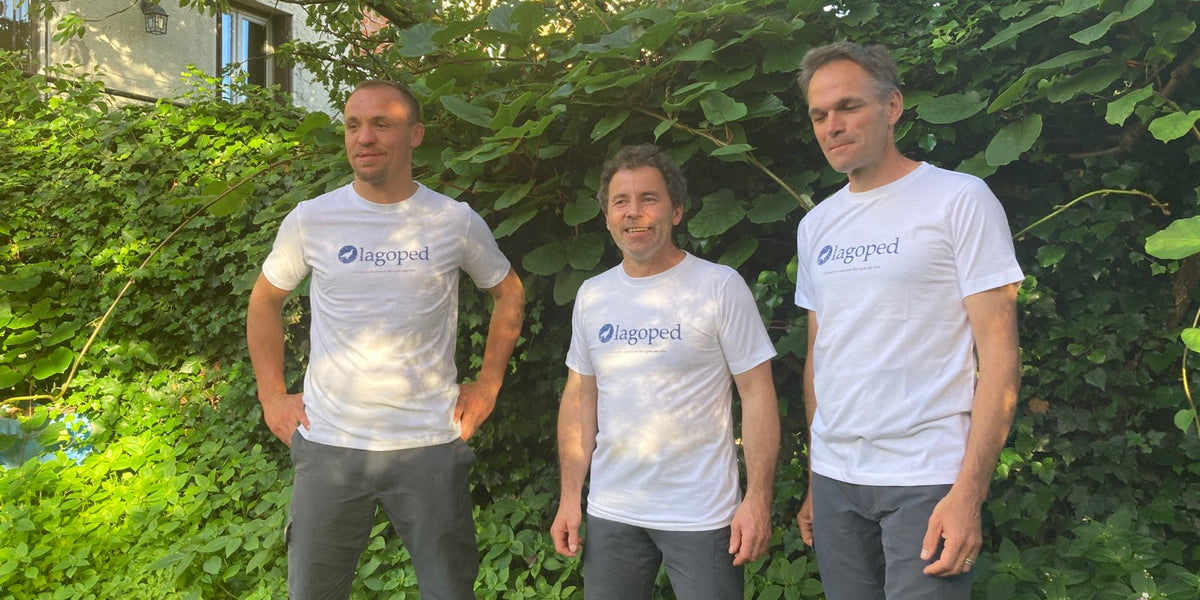
NAGALANGAQ Expedition
|
|
Time to read 2 min
|
|
Time to read 2 min
An expedition where every mile traveled is already a maritime success, in these areas, where no one has yet sailed, to the north of the Canadian Islands and Greenland.
After several expeditions undertaken in the Arctic, including the Northwest Passage under pure sail, three attempts to cross the freezing Arctic Ocean, expeditions to the Greenland ice cap and many years of navigation on all oceans, Sébastien Roubinet has become one of the great figures of maritime and polar expeditions of our time. Adventurer of the Year 2008 and winner of the Shackleton Award in 2018, he has acquired extensive experience over more than 30 years, in expeditions and races.
In 2022, Sébastien has planned a new expedition departing from Sachs Harbor on Banks Island (Canada), where his last attempt to cross the Arctic Ocean ended in 2018.

The expedition in summary:
Implementation of an educational program so that younger generations,
schools and universities can join our adventure and discover the Arctic.
An innovative boat designed and built by Sébastien with quality materials.
tip for navigating on water and ice, which has already been tested during the expedition
2018 (83 days).
A scientific mission:
These areas are difficult to access for scientists and therefore complicated to study, hence our strong involvement in bringing back as much essential data as possible for their studies.
With a scientific platform:
In search of environmental DNA:
DNA is a molecule common to all living beings but which nevertheless contains genetic information specific to each individual. Each living being leaves traces of this molecule in its environment via its various excretions (saliva, urine, gametes, excrement, etc.). These DNA fragments found in nature are called “environmental DNA” or eDNA.
Like the fingerprints that we leave on every surface that we touch with our fingers and that the scientific police know how to decipher, this eDNA allows us to learn a lot about those who left these invisible traces. Each species has its own fingerprint, its genetic “barcode”, which we now know how to decipher. By taking a few grams of soil or filtering a few liters of water, we can extract the eDNA, amplify it and sequence it. These sequences are then used to identify all the species present in the environment studied. Until now, to draw up a list of species living in a given territory, it was necessary to mobilize numerous specialists from different taxonomic groups studied. From now on, it becomes possible to carry out a census of the entire biodiversity of an ecosystem from a single sample. A fast, very efficient technique, without impact on the ecosystem studied, and often less expensive than traditional methods. Methods which however remain complementary and essential for studying parameters not measurable by eDNA (for the moment) such as the size of the population,
gender, developmental stages, etc.